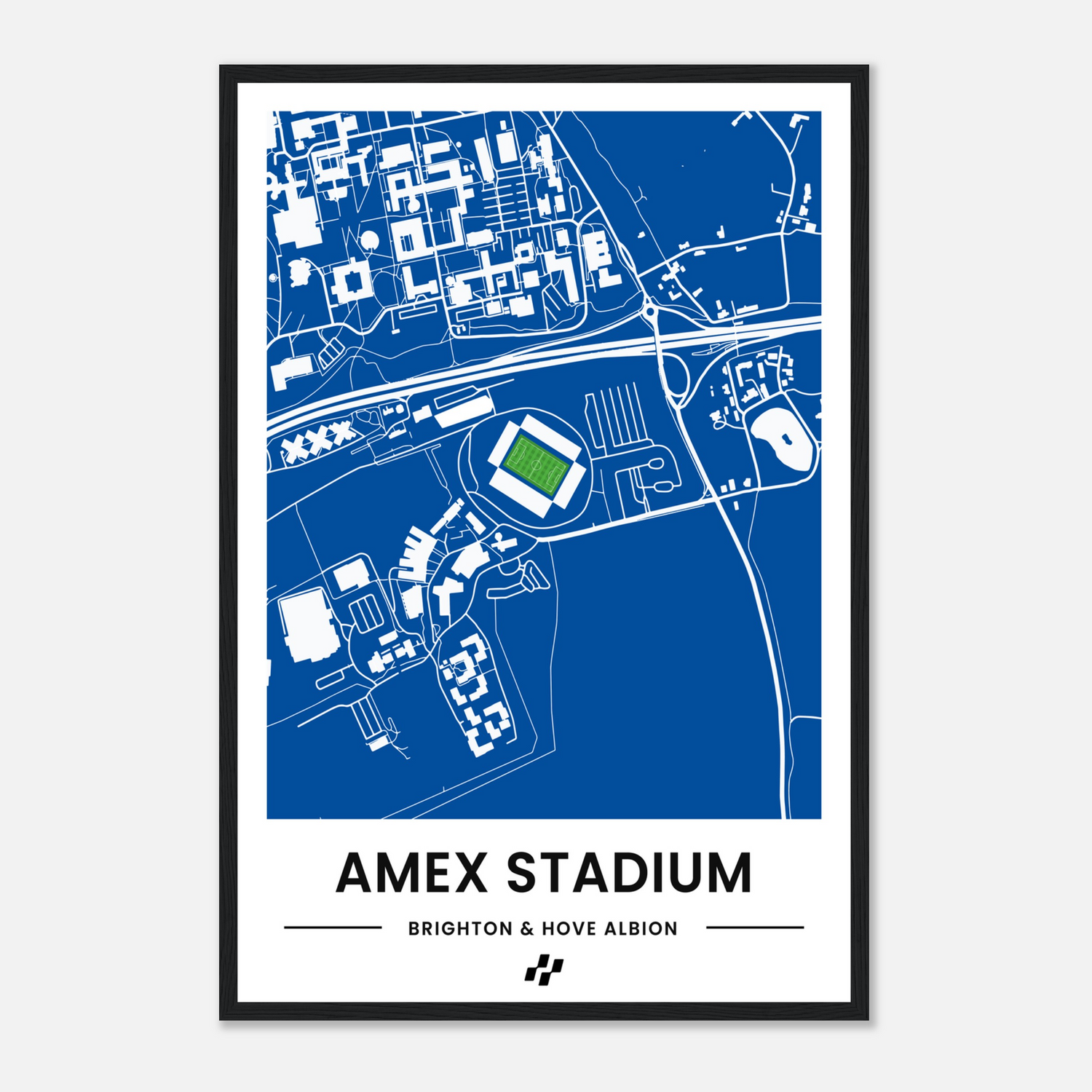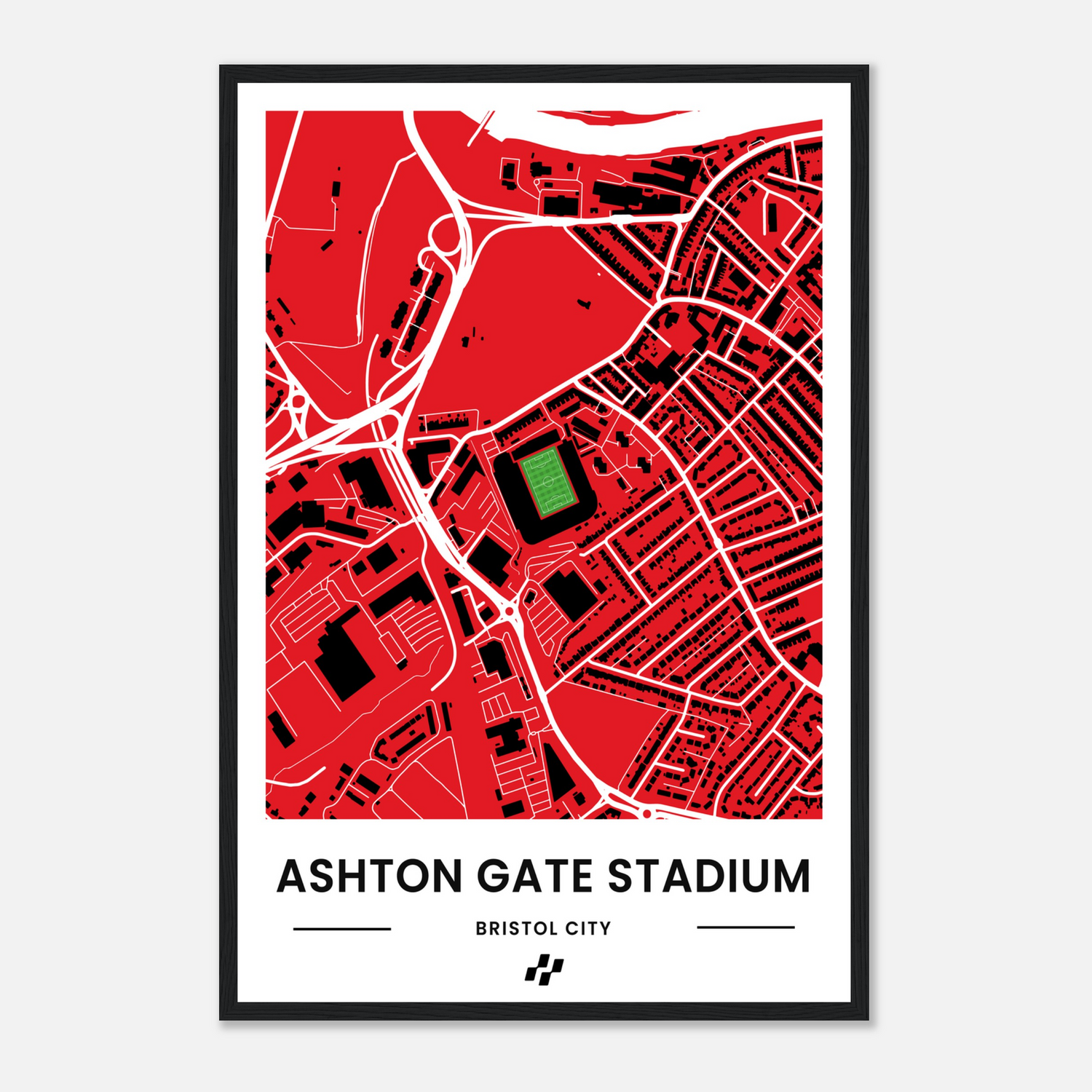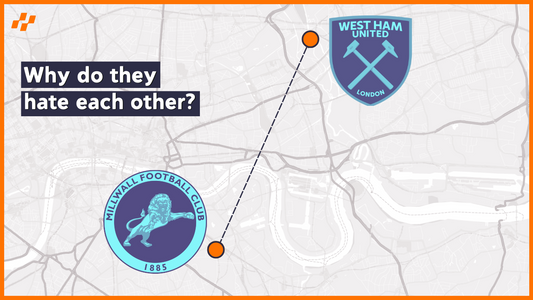
Millwall-West Ham: A Century of Hate Explained
Share
Two clubs. One city. And a rivalry so fierce it’s been etched into history through film, literature, and countless police reports. Welcome to the world of Millwall vs. West Ham—a clash where football is just the surface of a much deeper story.
In this article, we’ll unravel the complex web of history, culture, and tension that fuels this notorious rivalry. We'll explore how economic hardship, territorial pride, and media sensationalism have shaped this conflict across generations.
From the dockyards to the bright lights of the Premier League, we’re diving into every layer of this intense feud—a place where the beautiful game collides with the darker side of human nature.
The Dockyard Origins: A Tale of Two Clubs
In 1885, Millwall Rovers was founded by tinsmiths from the J.T. Morton canned food factory on the Isle of Dogs. A decade later, Thames Ironworks FC was born under the leadership of Dave Taylor, a foreman at the Thames Ironworks & Shipbuilding Company.
Despite being less than three miles apart, the two clubs represented distinct working-class communities, setting the stage for a rivalry driven by competition for jobs and territorial pride.
The first competitive clash between Millwall and West Ham took place on December 9, 1899, in the FA Cup. In the early years, Millwall dominated, remaining unbeaten in 12 meetings with West Ham between 1901 and 1903.
But this rivalry wasn’t just about football—it was deeply rooted in the socio-economic landscape of East London. The harsh conditions of working-class life shaped the identities of both clubs, turning them into symbols of pride, struggle, and solidarity for their communities. The feud extended beyond the pitch, embodying the hopes and frustrations of their supporters.
As the competition on the field grew fiercer, tensions spilled over into the stands. In 1906, a match between the two clubs led to multiple brawls among spectators—an ominous prelude to the violent confrontations that would come to define this rivalry in later decades.
The 1926 General Strike was a turning point. A rift emerged between the fanbases, as most West Ham supporters joined the strike while many Millwall supporters continued to work. This perceived betrayal fueled lingering resentment and further deepened the animosity between the two groups.
From that moment on, the rivalry evolved into something more dangerous—a clash that would shape the identity of both clubs and their supporters for generations to come.
The Rise of the Firms: When Football Became Warfare
The Millwall-West Ham rivalry raged on through the decades. The 1930 FA Cup clash, which West Ham won 4-1, showed early signs of crowd trouble.
During World War II, football provided a vital escape from the harsh realities of daily life, but the 19 wartime fixtures between the clubs only deepened the resentment. By the 1950s, tensions at post-war matches escalated further, marking the dawn of what would later become widespread football-related violence.
The 1960s marked a pivotal shift. A new kind of football fan emerged—one with a more aggressive edge. Organised hooligan groups, or "firms," took shape, and the rivalry between Millwall and West Ham reached new, dangerous heights.
By the early 1970s, West Ham’s notorious firm, the Inter City Firm (ICF), had gained a reputation for their coordinated and calculated approach to violence. They were a coalition of various West Ham supporter groups, including the East Essex London Firm and the Mile End Boys. the ICF would leave a chilling calling card at the scene of violent confrontations: "Congratulations, You Have Just Met the I.C.F."
Millwall's Bushwackers emerged around the same time, matching the ICF in both reputation and ferocity.
These two firms turned the rivalry into something far more dangerous than mere football fandom. Encounters between Millwall and West Ham became flashpoints of violence, with tensions constantly threatening to boil over.
One of the earliest significant clashes occurred during Millwall legend Harry Cripps’ testimonial match in 1972.
What was intended to be a celebratory event quickly descended into chaos, as the two firms clashed violently. This incident set a troubling precedent, proving that even non-competitive fixtures could erupt into violence.
Tragedy struck in 1976 with the death of Ian Pratt, a Millwall supporter who fell under a train at New Cross station while being chased by West Ham fans. This harrowing event marked a dark turning point in the rivalry, inflaming the already bitter hatred between the two sets of supporters.
In the aftermath of Pratt’s death, tensions reached a fever pitch. In the lead-up to a match in October 1978, leaflets circulated among Millwall fans bearing a chilling message: "A West Ham fan must die to avenge him." With violence seemingly inevitable, a heavy police presence was deployed for the match. Despite this, the day ended in chaos, with numerous arrests and injuries—further solidifying the rivalry’s violent legacy.
Going into the 2000’s: Pop Culture & Violent Encounters
The violent clashes between Millwall and West Ham seemed to cool off as the new millennium approached, given that the two clubs found themselves in different leagues more often than not.
This separation naturally reduced the frequency of matches between the two sides, leading to a period of relative calm in the rivalry.
However, the rivalry found an unexpected second life in popular culture. Films like The Firm in 1989 and Green Street Hooligans in 2005 depicted the violent world of football firms, thrusting the rivalry onto the global stage.
While these portrayals romanticised firm culture, both clubs worked to distance themselves from such reputations through stricter security measures and fan policy
This would prove difficult, as on August 25, 2009, West Ham hosted Millwall in a League Cup match that would reignite the long-standing animosity between the clubs.
The game, which West Ham won 3-1 after extra time, was overshadowed by violent scenes inside and outside Upton Park.
Multiple pitch invasions interrupted play, and violent clashes between rival fans led to numerous injuries and arrests. Most alarmingly, one person was reportedly stabbed in the chaos surrounding the stadium—a stark reminder of how volatile this rivalry remains.
The rivalry resurfaced again in the 2011-12 season when West Ham was relegated to the Championship.
Their first meeting on September 17, 2011, ended in a tense 0-0 draw at The Den under a heavy police presence aimed at preventing disorder. However, the return fixture on February 4, 2012, at Upton Park saw tensions boil over once more.
These incidents showed that, despite years of separation and increased security, the deep-seated animosity between Millwall and West Ham remains volatile, forcing authorities and the clubs to continuously grapple with its impact on modern football.
But amidst the chaos and violence, moments of unexpected unity later emerged, hinting at the possibility of a different future for this enduring feud.
A Rivalry Evolves: Modern Day Challenges and Unexpected Unity
In 2018, a remarkable act challenged the bitter animosity between Millwall and West Ham. A Millwall supporter made the unexpected decision to run from Millwall’s home ground to West Ham’s London Stadium—while wearing a West Ham shirt—to raise funds for Isla Caton, a young West Ham fan battling cancer.
This selfless gesture proved that even the fiercest of rivals could unite in the face of something greater.
In recent years, both clubs have participated in joint community initiatives and charity events, emphasising their shared commitment to their local areas.
These collaborative efforts have provided opportunities for positive fan interactions, slowly chipping away at decades of mistrust.
As we look to the future, the Millwall-West Ham rivalry stands at a crossroads. The passion and intensity that have defined this feud for over a century remain intact, but they are now tempered by a growing recognition of shared values and community responsibility.
The challenge for both clubs and their supporters is to preserve the essence of this historic rivalry while embracing a more positive and inclusive fan culture.





